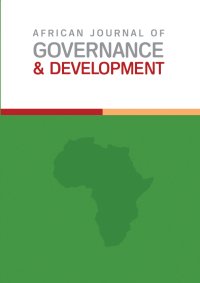Persistent Youth Unemployment: The Role of Public Employment Programme and Green Jobs - A Case of the Western Cape Province, South Africa
Main Article Content
Abstract
Since the dawn of democracy, the South African Government has placed a lot of emphasis on poverty alleviation and job creation as key priorities. Various policies and frameworks have been developed to address the challenges of unemployment. Despite all these efforts, the unemployment rate has remained stubbornly high at 27.32% in 2019, an increase of 0.36% from 2018 (StatsSA) (2019). The greatest burden is borne by the youth between 15-34 years as they account for 63.4% of the total number of unemployed persons. This article investigates the potential of government’s led green jobs initiatives in addressing the youth unemployment in South Africa using the Public Employment Programmes (PEPs) approach. A qualitative research methodology was adopted in conducting this study following descriptive and diagnostic design. A case study survey was conducted from the Western Cape’s Provincial Department of Environmental Affairs and Development Planning (DEADP) Working for Energy (W4E) Programme. The Study found that the programme has positively affected the youth as some have now enrolled in formal apprenticeship training, while others found employment or started small businesses. The study also found that the programme has great potential for expansion and replication if concerted effort is made by government across all the spheres.
Article Details

This work is licensed under a Creative Commons Attribution-NonCommercial-NoDerivatives 4.0 International License.
